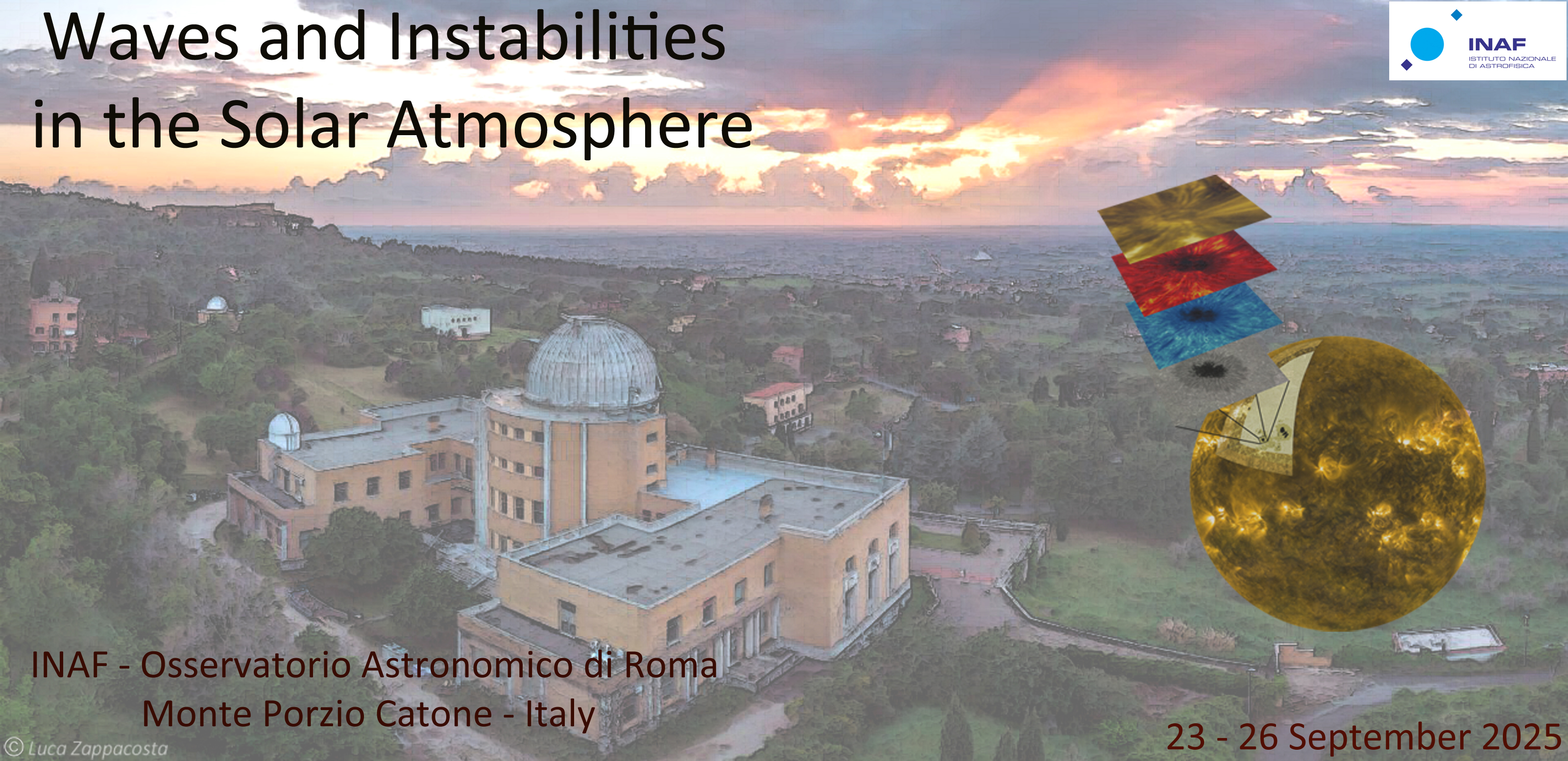Speaker
Description
Abstract: Cool (≈10^4 K), dense material permeates the hot (≈10^6 K), tenuous solar corona in form of coronal condensations, for example prominences and coronal rain. As the solar atmosphere evolves, turbulence can drive mixing between the condensations and the surrounding corona. Whilst both the corona and the condensations are relatively thermally stable, in the sense that radiative losses in these regions act on timescales that are longer than the dynamic timescales, the mixed material (≈10^5 K) is subject to efficient radiative losses that removes thermal energy from the system. The radiative losses far exceed the turbulent heating, thus leading to a net reduction in thermal energy through time. This mixing induced cooling also creates an enhanced emmission in transition region line (e.g., Si IV), which is often interpreted as a sign of heating in observations, however may be a consequence of mixing alone, without requireing heating to occur. Finally, extending the results to 3D reveals that the thermal instability readily forms and further enhances the cooling rate of the Kelvin-Helmholtz instabilty at the corona-condensation interface.

